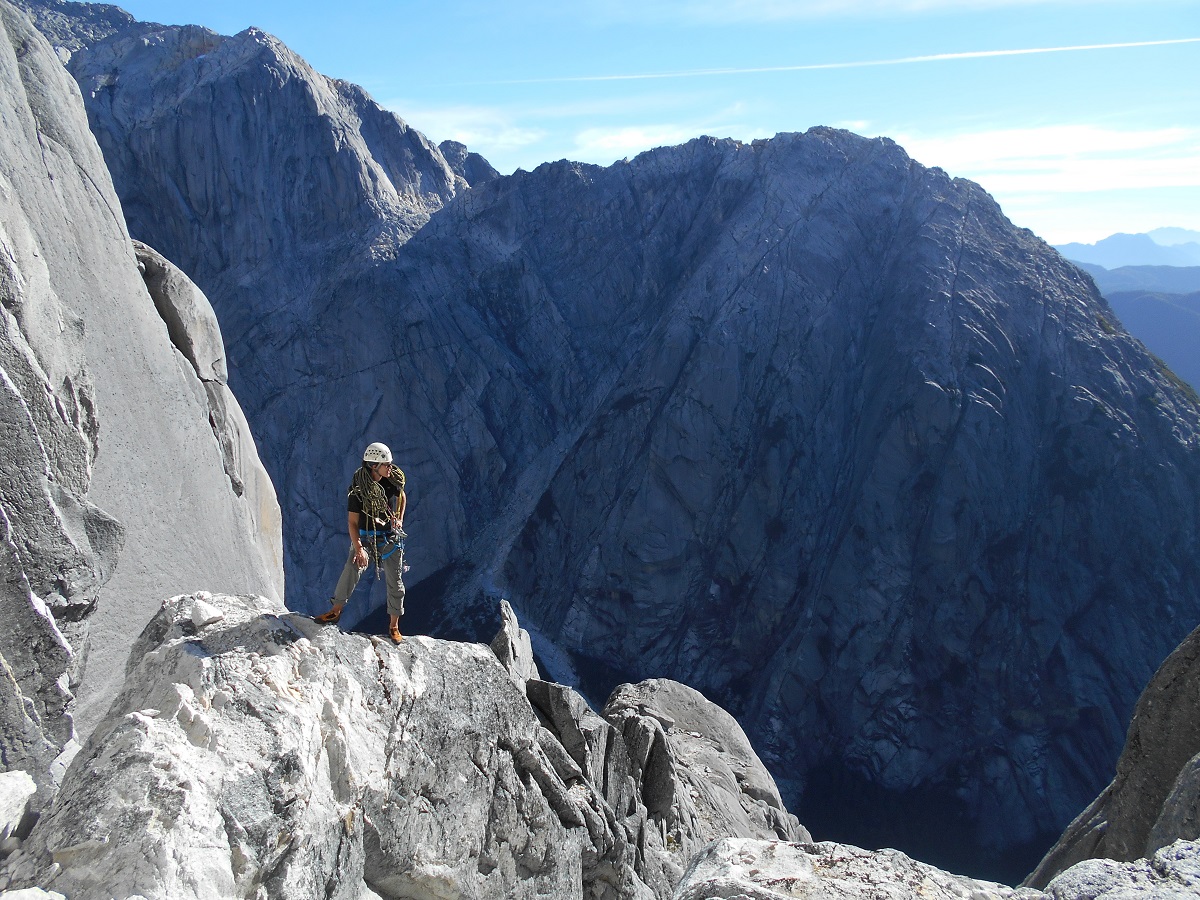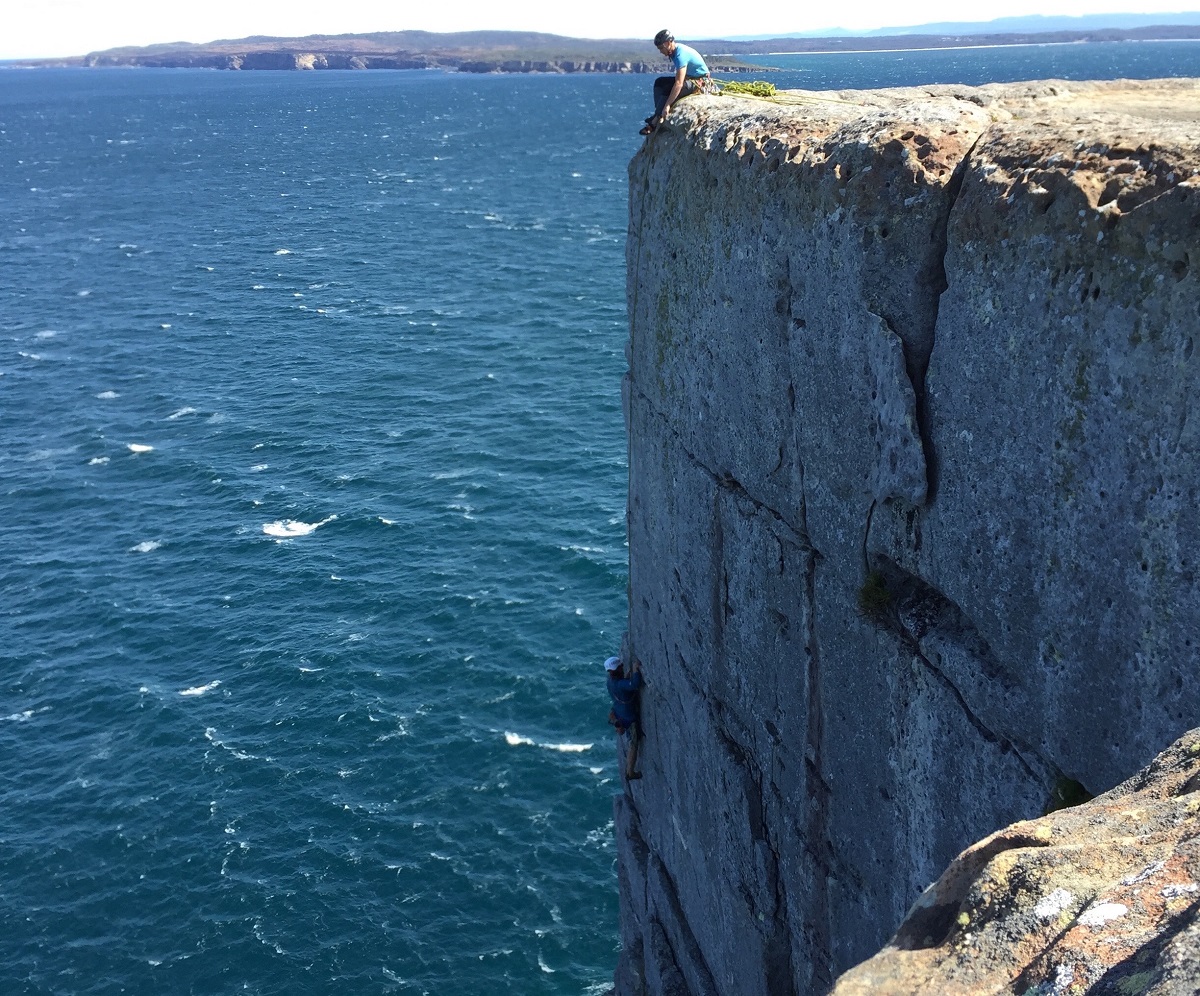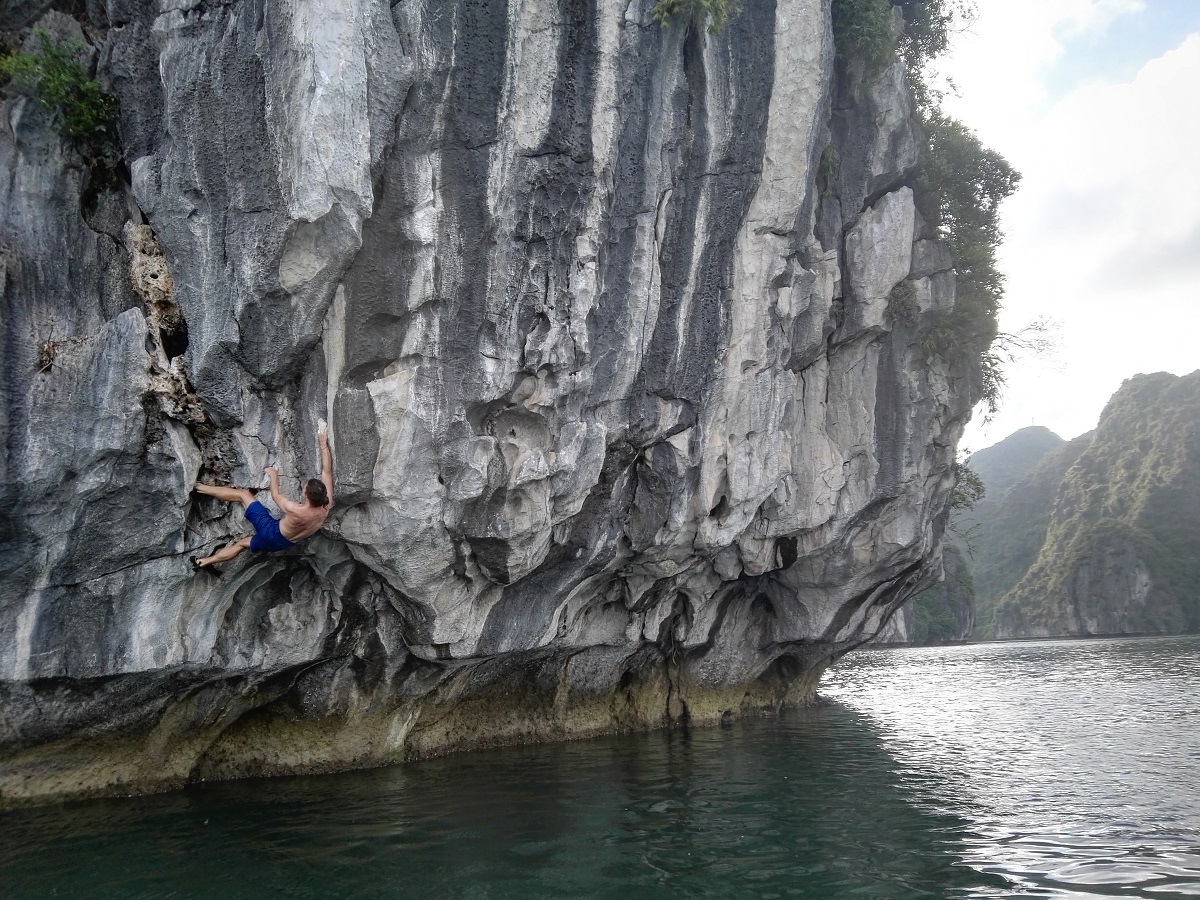Image: Deep Water Solo at Halong Bay, Vietnam
Check out Chapter 1 and Chapter 2 of this three-part series by Jacob Bushmaker founder of TheWanderingClimber.com
In 2016, I left my home in Seattle and my respectable career as an engineer to pursue different goals far from that world. What started as a 3 month trip has evolved into 3 years, with no end in sight. As a result of my choice, I’ve had the incredible good fortune to have climbed in over 20 countries across 4 continents, while consistently moving up in grades.
In Step 1, we talked about setting epic goals that catapult you to action. In Step 2, we detailed how to supercharge your performance with proven diet hacks.
Step 3. Don’t Self-Sabotage. Proactively Avoid Injury
One of the biggest saboteurs of all is an injury. Injuries can commonly lead to the early ending of a season and can easily offset months or years of performance gains. For that reason, injury must be avoided at all costs.
“An ounce of prevention is worth a pound of cure.” – Benjamin Franklin
Luckily, there are a few simple tactics you can implement to stay healthy.
Resting Completely To Adequately Recover

On top of La Aleta de Tiburon (5.10) in Cochamo, Chile.
Our love of the sport can sometimes distort our judgment regarding rest days. It is very easy to forgo good judgment and squeeze in a few more climbing days while your body is begging to rest. We’ve all been there.
The bad news is: neglecting adequate rest will inevitably result in injury.
The good news is, this is one of the easiest habits in this article to implement! There are two types of rest to be considered specifically for climbers: “rest days” and “rest cycles.”
Rest days are just like they sound–a day or two off from climbing while giving your body the time needed to recover. These are short-term rests for periods of about 24 to 48 hours. Rest days should be taken after any two or three day period of consecutive climbing outside.
When training, a rest day should normally be taken the day after an intense training session. In some cases, such as after an intense hangboard training, two consecutive rest days should be taken.
Rest cycles, on the other hand, are periods of anywhere between 1-4 weeks of zero climbing. You should consider taking a rest cycle after a climbing trip where you have been climbing much more than you regularly do. At the minimum, consider taking a rest cycle every 12 weeks if you’re climbing a lot.
Last but not least, rest also includes the amount of sleep you’re getting each night. The benefits of sleep are widely known. But, to summarize, studies have shown that proper sleep improves your reaction time, power, endurance, recovery time, and energy levels. You need all of these to perform at your best and recover.
This generally means 8-9 hrs of sleep per night regardless of whether you’re climbing, taking a rest day, or rest cycle!
Recovery exercises to avoid injury

Point Perpendicular: NSW, Australia
Next to rest, being proactive regarding injury prevention is one of the most important things you can do to make sure that you keep going up in grades year after year.
The best way to do this? Make sure that you adequately warm up on routes well below your limit every time you climb. Most climbers are aware of this, but generally, it is poorly executed.
One quick climb prior to flailing on your project isn’t an adequate warm-up.
This is even more true for people who climb for long periods of time (dirtbaggers, *cough cough*), as the damage caused by poor warming up tends to build slowly over time and makes it hard to notice until damage is done. A good rule of thumb is to do 3 to 4 routes anywhere from 4 to 8 grades below your project level.
Warming up also includes stretching your entire body. Be sure not to neglect your fingers and forearms. Adequate stretching and warm up will greatly reduce your chance of injury. It will also reduce the chance of chronic pain caused by tendonitis/tendinosis as these conditions are caused by a lack of flexibility in your forearms.
This is something I, like many climbers, have had to learn the hard way. I’ve lost weeks of climbing time and months of training gains. Don’t let this happen to you!
In addition to a proper warm-up, it is ideal to finish every day with 1 to 2 “cool-down” climbs. These climbs should be similar grades to your warm-up routes. If this isn’t possible due to time constraints, at a minimum you should stretch your forearms and perform forearm massages for at least 20 minutes to promote blood flow, increase flexibility, and speed recovery.
Always listen to your body. If you need an extra rest day to recover, take it. This is a skill that you naturally cultivate over time.
If you have a nagging injury that won’t go away, be proactive. You can push through and get away with avoiding an injury for a while, but eventually, it will catch up with you. Be smart and take preventative measures; you’ll be much better off in the long run.
Last Thoughts
There you have it! 3 absolutely simply and straightforward steps and techniques I’ve used to constantly push grades while living on the road. I’d love to hear from you. What techniques did you find the most useful? Or is there something which I missed which you’re just dying to share? Happy sending.








